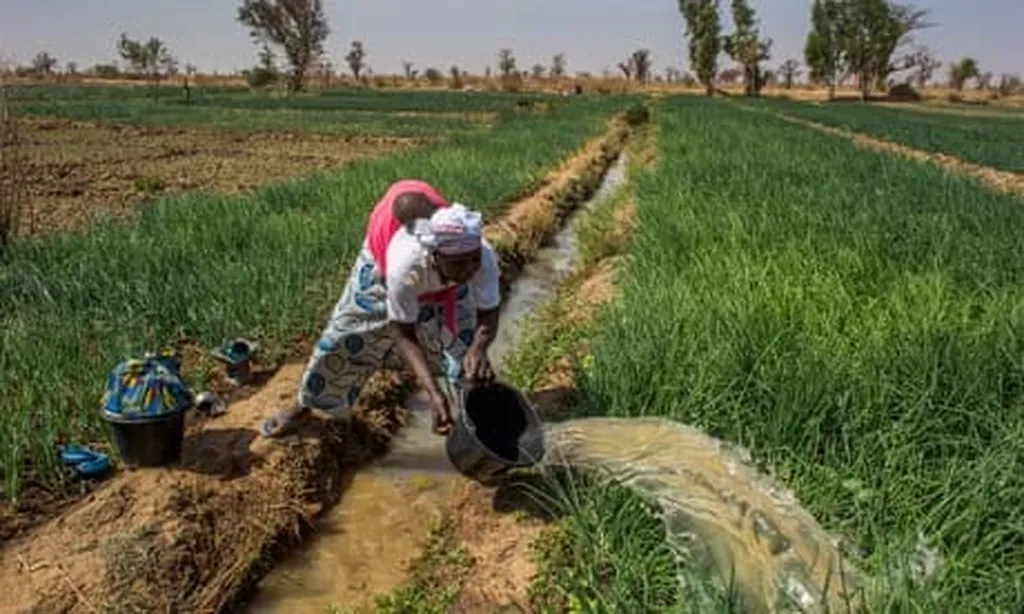In the heart of Saudi Arabia, a pioneering study is shedding light on the state of soil health and its implications for food security. Researchers, led by Abdelbaset S. El-Sorogy from the Department of Geology and Geophysics at King Saud University, have employed a sophisticated blend of Geographic Information Systems (GIS) and statistical analysis to assess soil contamination in the Al-Muzahmiya region west of Riyadh. Their findings, published in the journal ‘Frontiers in Sustainable Food Systems’, offer a promising outlook for the area’s agricultural future, while also setting a precedent for soil monitoring strategies worldwide.
The study focuses on nine heavy metals, including cobalt, chromium, copper, iron, manganese, nickel, lead, vanadium, and zinc. By analyzing 31 surface soil samples, the team calculated contamination indices and applied Principal Component Analysis (PCA) and Hierarchical Cluster Analysis (HCA) to identify pollution sources and patterns. The results revealed that the soil in the study area is relatively uncontaminated, with a pollution load index (PLI) averaging 0.49, well below the critical threshold of 1.
“This comprehensive environmental baseline is a significant step forward in understanding and preserving our soil resources,” said El-Sorogy. The research also highlights the potential impacts of agricultural practices on soil health, with PCA suggesting that zinc levels may be influenced by the application of phosphate fertilizers and fungicides.
The integration of GIS technology has enabled the team to map the spatial distribution of heavy metals, providing valuable insights for farmers and policymakers. “By identifying areas with higher concentrations of specific heavy metals, we can tailor agricultural practices and monitor changes over time,” explained El-Sorogy. This targeted approach could enhance crop yields and food security while minimizing environmental impact.
The study’s findings have significant implications for the agriculture sector, particularly in regions facing similar environmental challenges. As the global population grows and climate change intensifies, the demand for sustainable food production will only increase. This research offers a robust framework for assessing and managing soil contamination, ensuring the long-term viability of agricultural lands.
Moreover, the study aligns with the United Nations Sustainable Development Goal 2: Zero Hunger, emphasizing the importance of sustainable agricultural development. By preserving natural resources and promoting responsible farming practices, we can secure a healthier, more food-secure future for generations to come.
As the agriculture sector continues to evolve, the integration of advanced technologies like GIS and multivariate analysis will play a pivotal role in shaping best practices. This research serves as a testament to the power of interdisciplinary collaboration, paving the way for innovative solutions to global food security challenges. With periodic monitoring and proactive management, the Al-Muzahmiya region—and similar areas worldwide—can maintain its soil health and support thriving agricultural communities.

